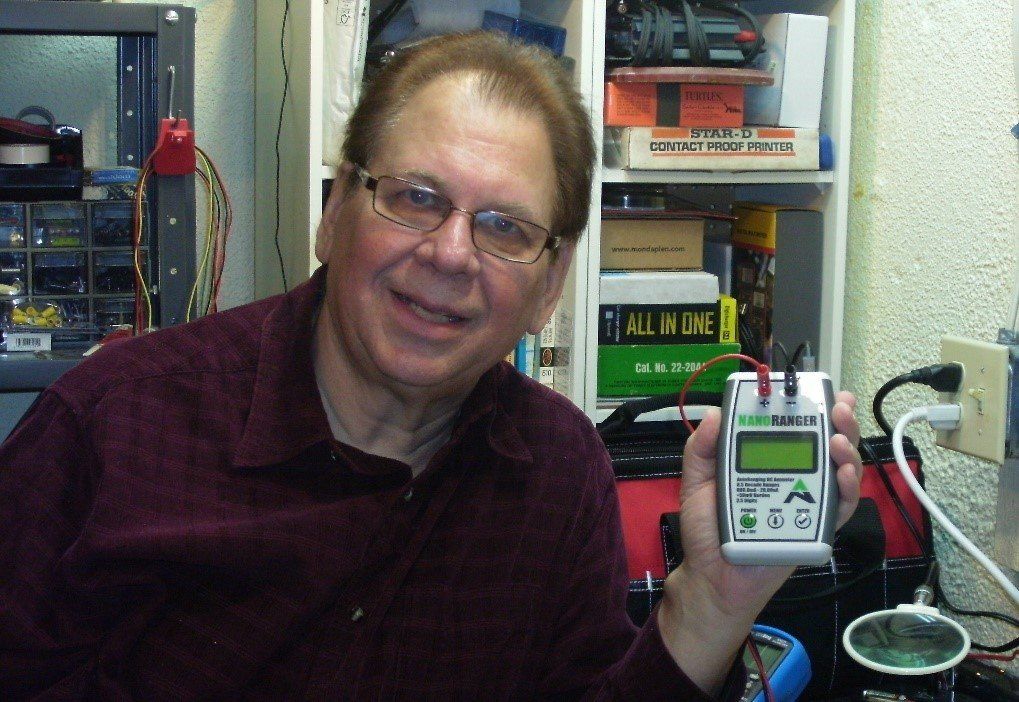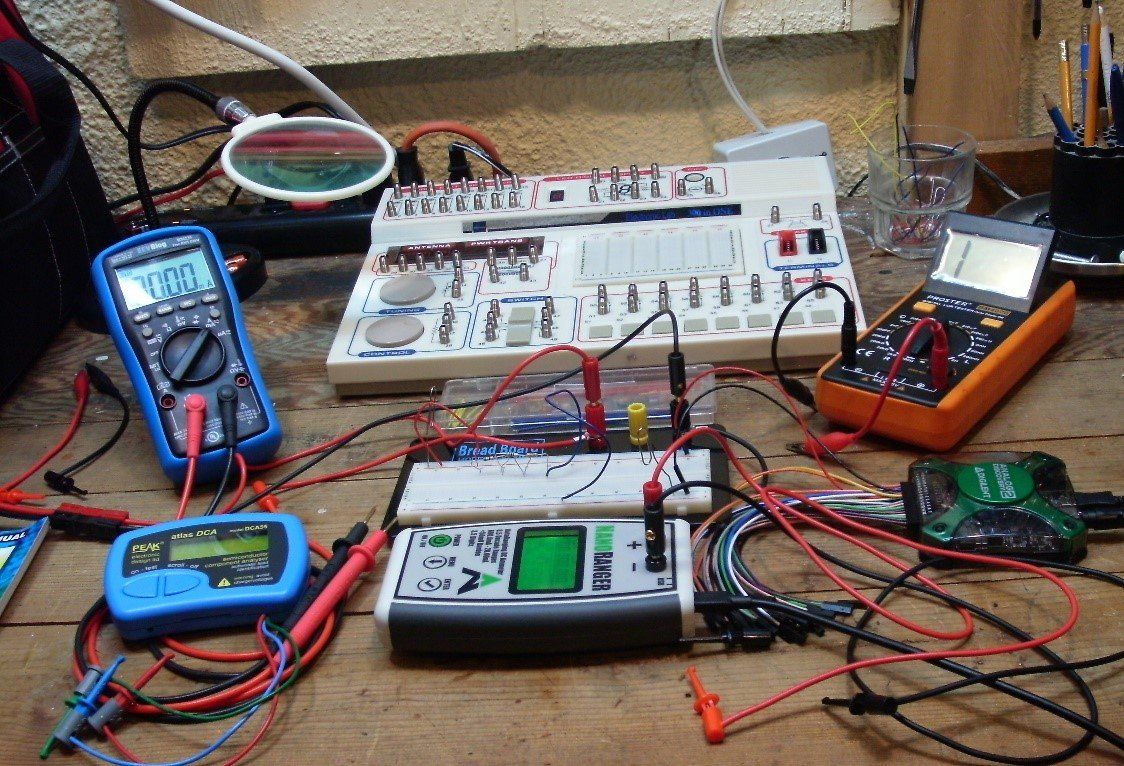NanoRanger® User Feedback
RC, Staffordshire UK, uses NanoRanger® to maximise device efficiency:
RC is working on a programmable wireless transmitter for clay pigeon traps, required to provide maximum range for minimum current usage. The first release of the system extended the (2 x AAA) battery life by 26 times, to over 390 hours. And then:
"Using the NanoRanger, I have been able to reduce the current usage to 0.7uA in sleep mode. It has allowed me to pinpoint current consumption savings just by disabling an input pin’s internal pull-up resistor. That is quite remarkable for an instrument in this price range. My project will now run for around 7500 hours, with an average current consumption of 160uA (including the brief 100mA pulse to fire the clay pigeon) between battery changes.
Congratulations on designing and producing the NanoRanger, I believe it is an essential piece of test equipment for anyone involved in low power, battery operated equipment."
Dick van Bekkum - Microsim - Utrecht, The Netherlands
We asked Dick about his experience of using NanoRanger® with a PC. He told us:
"Thanks for the info and the presentation of Mr. Hanson. We followed your instructions and everything works just fine!
The NanoRanger® is a perfect (extremely low) currents measurement instrument. Thanks a lot.
Kind regards of a happy customer,
Dick van Bekkum"
Peter added:
"While it is possible to spend thousands of dollars on electronic test equipment, the NanoRanger® provides an affordable option for low power current measurements to budget conscious hobbyists while, at the same time, providing a level of precision and accuracy unequalled at this price point".
“I thought that it might help fellow hobbyists to see how the NanoRanger® fits into my overall toolset. Here is a shot of my electronics test bench, with the NanoRanger® front and centre."
“The User-friendly Guide takes the reader through a concise series of 3 Steps, needed to combine NanoRanger with a programme called RealTerm and how to save the resulting output. It’s a great Guide and I recommend that enthusiasts in the tech field take a look here”.



